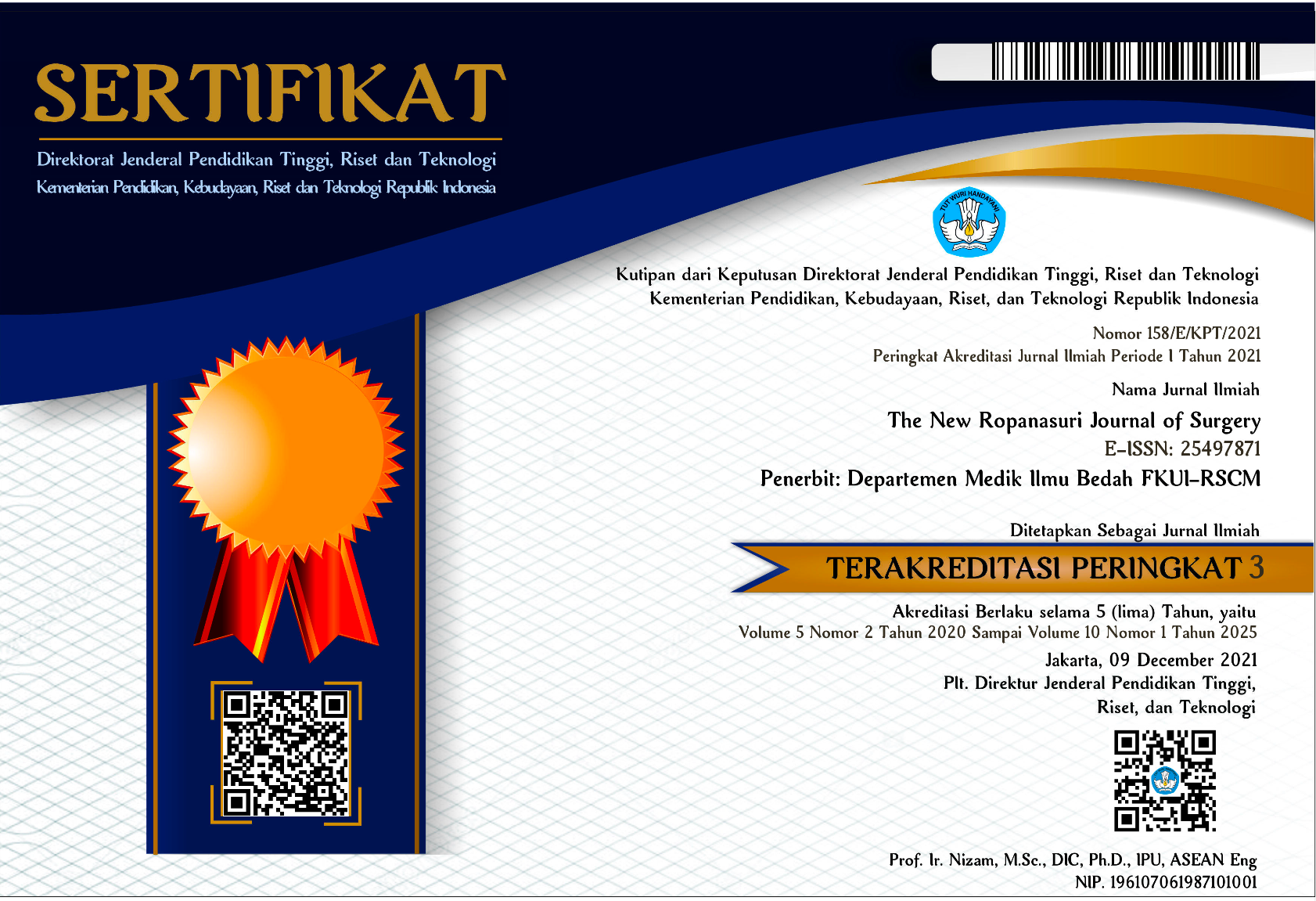Article Title
Inferior Vena Cava Filter in Managing Venous Thromboembolism Associated with Malignancy: A Systematic Review
Abstract
Introduction. The risk of venous thromboembolism (VTE) associated with malignancy is 4.1-fold greater than patients without malignancy. Malignancypatientst has a greater risk of bleeding with the commonly used anticoagulant therapy. Inferior Vena Cava Filter (Ihas have been recommended as a controversial alternative. This study aims to find the most robust evidence of the safety, advantage, and clinical outcome of the IVCF for managing VTE associated with malignancy.
Method. Thus, we ran a systematic review found on Cochrane, PubMed, ScienceDirect, and ClinicalKey.
Results. There were ten articles reviewed (1,191 participants). Safety and efficacy, advantage, and complications were discussed regarding the outcomes with a focus on the interest in managing the malignancy-associated VTE, especially in patients with contraindications to anticoagulants. Complication of IVCF found filter migration (0.9%), vena cava thrombosis (3.7%), recurrent PE (2.8%); filter fracture (0.9%); and IVCF penetration (0.9%). No mortality was found in patients due to complications due to filter insertion (LOE 2). IVCF insertion can reduce PE rates but with an increase in the number of DVT. (DVT: with filter vs without filters: 35.7% vs 27.5%; HR 1.52; CI95 % 1.02–2.27; p = 0.042; PE: 6.2% vs. 15.1%; HR 0.37; 95% CI 0.17–0.79; p = 0.008). Six studies found no statistically significant increase in PE-related mortality.
Conclusion. IVCF is safe and beneficial for managing malignancy-associated VTE, especially in patients with contraindications to anticoagulants (LOE 2, 3, and 4).













